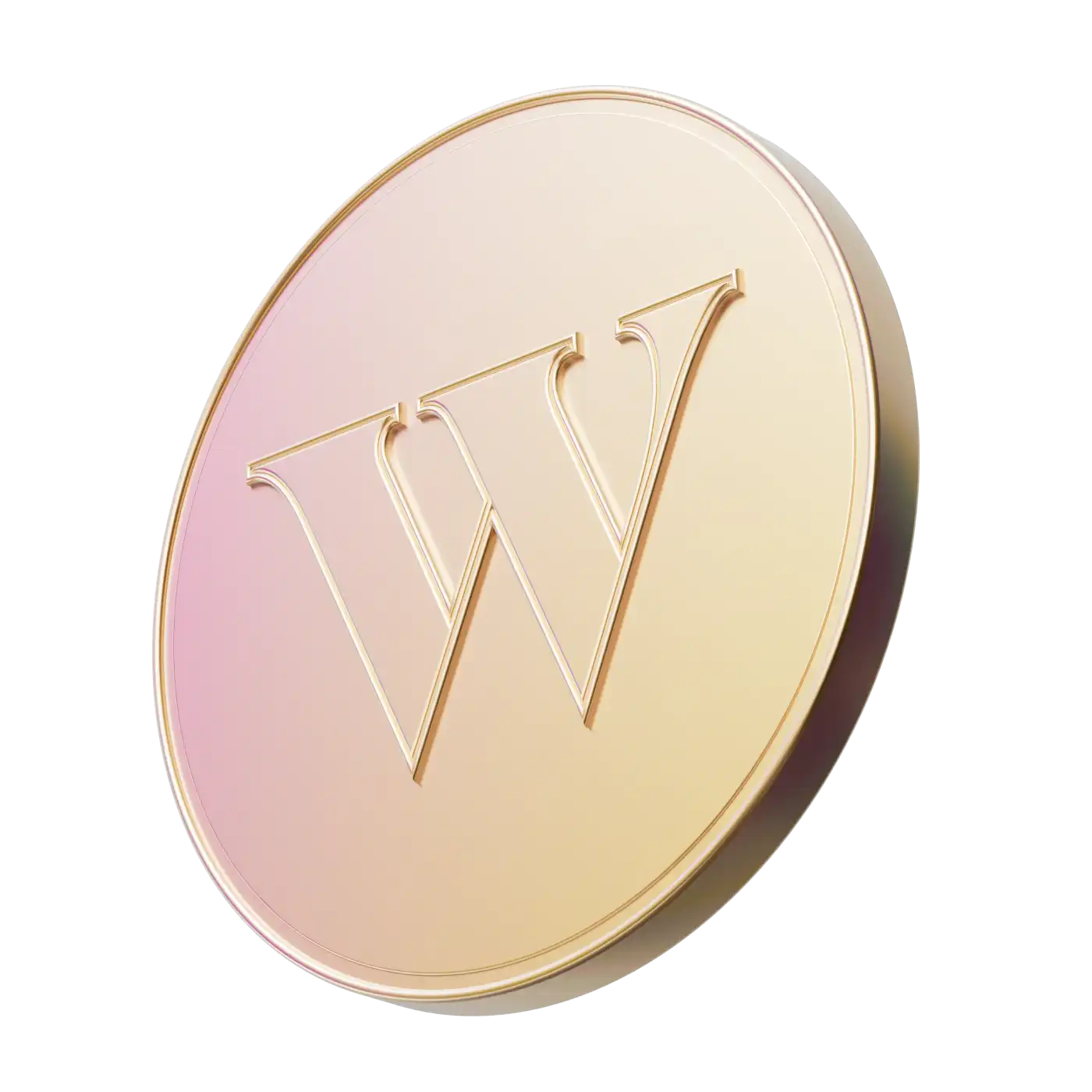What is an RRSP?
A Registered Retirement Savings Plan (RRSP) is what’s called a tax-advantaged account, which is something the government created specifically to provide tax breaks to anyone who takes the time to use them. The money you put in your RRSP is not taxed — at least not right now. That’s the advantage. You can deduct contributions from your taxes so your taxes for the year are lower, and that money grows tax-free until it’s time to retire.
How does an RRSP work?
Let’s say you make $70,000 per year and you decide to contribute the maximum allowable amount into your RRSP. Assuming you made $70,000 the previous year and are up to date on your contributions, the most you can put in is 18%, or $12,600. When tax day comes around, the Canada Revenue Agency (CRA) will treat you as though you earned just $57,400. Now, this money is tax-deferred, not tax-free. You will eventually have to pay taxes when you withdraw your money years down the line, but by the time you do so, you’ll hopefully be retired — focused more on grandkids and bus tours than climbing a corporate ladder. Your income will almost certainly be lower, which means your tax rate should be lower, too.
What is the maximum RRSP contribution?
The amount of money you can put into an RRSP each year depends on a couple of factors. The first is income history. You can contribute up to 18% of the income you reported on your prior year’s taxes, with a cap. In 2025, it’s $32,490. There are exceptions, of course. If you have not maxed out contributions in previous years, that cap space rolls over and you are allowed to catch up. So if you have $10,000 of extra contribution space that you didn’t use in previous tax years, you can take advantage of that this year.
How do I open an RRSP in Canada?
Many employers offer them (these are called Group RRSPs), but if yours does not, you can open an RRSP at nearly any financial institution. Once it’s open, you can choose the mix of investments you want (international and domestic stocks, bonds, real estate, etc.), or deposit money and have someone manage the investments for you. If you’re in a Group RRSP, your employer will automatically deduct your contribution from each paycheque. Otherwise, it’s on you to link a chequing or savings account and remember to make contributions. It can be helpful to set up an auto-deposit or contribution to save consistently.
How much should I contribute to an RRSP each year?
That all depends on your circumstances. The first thing to consider is if an RRSP is the right choice for you. Another popular savings account is the Tax-Free Savings Account, or TFSA, which we’ll tell you more about below. But if you choose to invest in an RRSP, can afford to put in the maximum, and don’t need access to that money until you’re retired, go for it. Otherwise, it’s a matter of finding what you’re comfortable with — balancing how much money you need today versus how much you’ll need in the future. One important thing to note: if you have a Group RRSP, some employers match a portion of your contributions, usually 1% to 5% of your salary. If your employer does this, do your best to contribute enough to max out what your employer will pay. That’s free money.
Is there a penalty for over-contributing to an RRSP?
For a government group, the CRA is actually pretty forgiving if you contribute too much to your RRSP — but only to a point. They start you with a nice cushion: any amount up to $2,000 over your annual limit won’t be penalized (though it also won’t be considered tax-deductible). It’s when you go over that amount that the trouble starts.
Soon after that 2,001st dollar hits your account, the CRA will likely mail you a notice that you’ve over-contributed and encourage you to withdraw the excess amount. Should you fail to, you’ll be assessed a penalty of 1% of the excess every month you’re over the limit. Take too long to pay those penalties, and you’ll also get stuck with late fees, which are even pricier. Fortunately, the CRA understands that mistakes happen, so if you can show that you were not trying to take advantage of the system — maybe you just screwed up the math — you can apply to have the penalties waived.
Once I’ve started an RRSP, where can I check the balance?
Depending on where you open your RRSP, there’s likely an online platform where you can log in to check your balance and see how you’re doing. If you’re looking to see how much contribution room you have left, you can always log into your account on the CRA’s online portal. Along with your income tax and benefit information, it also shows your RRSP balance, and it will alert you if you’ve gone over the contribution limit.
What about those TFSAs you mentioned? Are they the same as RRSPs?
They’re similar, in that they’re both ways of saving with tax advantages. But there are important distinctions between the two that could make one option better for you, depending on your circumstances. Here’s a quick breakdown:
RRSP contributions are not taxed, but withdrawals are. TFSAs are the opposite: you don’t get a tax break for putting money in, but you also aren’t taxed on any money you take out. That often makes TFSAs the better choice for anyone making less than $50,000 per year. At that salary, once you account for standard deductions, you aren’t likely to owe much income tax — so a tax break now is often less helpful than one in the future when you may be earning more.



